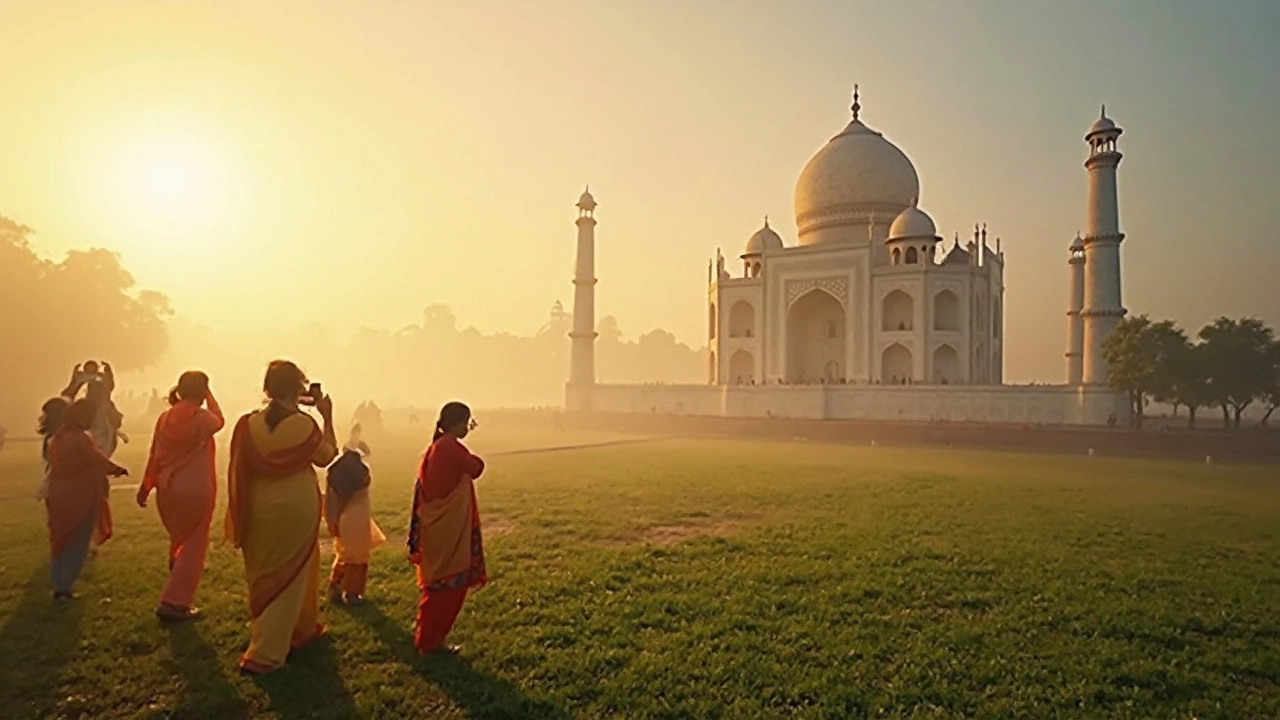SEARCH
Best Time to Visit India – Quick Seasonal Guide for Smart Travelers
India’s climate changes a lot from north to south, so there isn’t a single "best month" for the whole country. The trick is to match the region you want to explore with the local weather, festivals and peak crowd periods. Below you’ll find a simple cheat‑sheet that lets you pick the right time without scrolling through endless articles.
North India: From the Himalayas to the Golden Triangle
If you’re headed to Delhi, Agra or Jaipur, October to March is your sweet spot. The days are mild, nights can be chilly, and you’ll avoid the scorching summer heat. For trekking in the Himalayas—think Ladakh or Manali—late May to early October offers clear skies and comfortable temperatures, though monsoon rains can hit the foothills in July.
South India: Beaches, Backwaters and Hill Stations
South India enjoys a tropical climate, so the best window shifts a bit. Goa, Kerala and Tamil Nadu are most pleasant from November to February when humidity drops and sea breezes keep things cool. If you love festivals, plan for September‑October to catch the vibrant Navratri celebrations in Gujarat and the colorful Onam in Kerala.
Winter months (December‑January) are peak season across most tourist hotspots, so prices rise and crowds swell. If you’re on a budget, consider the shoulder periods of late February to early April or late September to early November. You’ll still get decent weather, but with lower hotel rates and fewer tourists.
For the coastal islands—Lakshadweep, Andaman or the “Mini Maldives” spots—May to September brings the monsoon, which means rough seas and limited boat services. Stick to the dry season (November‑April) for calm waters and better snorkeling.
Mountain lovers heading to Northeast India (Sikkim, Meghalaya) should aim for March to June. The region bursts into bloom, and the temperatures stay comfortable for trekking. After June, the monsoon turns the hills soggy and some roads become unsafe.
Here’s a quick reference table you can keep on your phone:
- North Plains (Delhi, Agra, Jaipur): Oct‑Mar
- Himalayan Treks (Ladakh, Manali): May‑Oct
- South Coast (Goa, Kerala): Nov‑Feb
- Island Getaways (Lakshadweep, Andaman): Nov‑Apr
- North East (Sikkim, Meghalaya): Mar‑Jun
When you decide on dates, also check local festivals. Traveling during a major event (like Diwali in Delhi or the Pushkar Camel Fair) adds excitement but also raises accommodation costs. If you love the buzz, book early; if you prefer peace, skip those weeks.
Finally, keep an eye on the weather forecast a week before you leave. Even during the “ideal” months, India can surprise you with occasional heatwaves or sudden rains. A lightweight rain jacket and layered clothing are cheap insurance that keep your plans on track.
With this guide, you can pick the perfect window for any Indian adventure—whether you’re chasing sunrise over the Taj, surfing in Goa, or trekking through emerald hills. Pack smart, book early, and enjoy the diverse beauty that only India can offer.

Best Time to Visit the Golden Triangle in India: When to Go and Why
Trying to figure out the best time to visit the Golden Triangle in India? This article looks at the weather, crowds, and local events across Delhi, Agra, and Jaipur to help you pick the right month. You'll find honest advice, tips on what to expect, and a quick breakdown of each season's pros and cons. Ever wondered when the Taj Mahal looks most magical or when Jaipur explodes with color? Grab everything you need to plan the perfect North India trip—no guesswork, just solid info for real travelers.
Continue reading